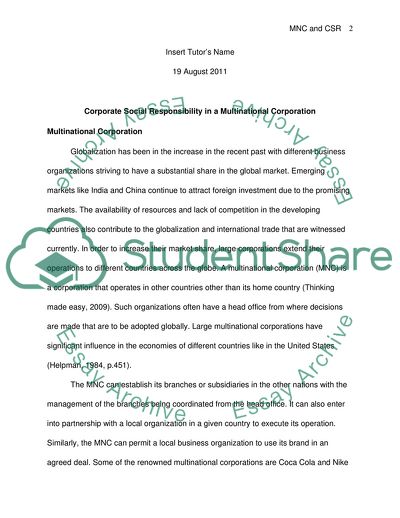Cite this document
(Structure of Large Multinational Corporations Case Study, n.d.)
Structure of Large Multinational Corporations Case Study. Retrieved from https://studentshare.org/macro-microeconomics/1755690-should-large-multinational-corporations-adopt-policies-of-corporate-social-responsibility-if-so-when-mulinational-companies-are-urged-to-adopt-policies-of-corporate-social-responsibilitywhat-are-they-being-asked-to-do
Structure of Large Multinational Corporations Case Study. Retrieved from https://studentshare.org/macro-microeconomics/1755690-should-large-multinational-corporations-adopt-policies-of-corporate-social-responsibility-if-so-when-mulinational-companies-are-urged-to-adopt-policies-of-corporate-social-responsibilitywhat-are-they-being-asked-to-do
(Structure of Large Multinational Corporations Case Study)
Structure of Large Multinational Corporations Case Study. https://studentshare.org/macro-microeconomics/1755690-should-large-multinational-corporations-adopt-policies-of-corporate-social-responsibility-if-so-when-mulinational-companies-are-urged-to-adopt-policies-of-corporate-social-responsibilitywhat-are-they-being-asked-to-do.
Structure of Large Multinational Corporations Case Study. https://studentshare.org/macro-microeconomics/1755690-should-large-multinational-corporations-adopt-policies-of-corporate-social-responsibility-if-so-when-mulinational-companies-are-urged-to-adopt-policies-of-corporate-social-responsibilitywhat-are-they-being-asked-to-do.
“Structure of Large Multinational Corporations Case Study”. https://studentshare.org/macro-microeconomics/1755690-should-large-multinational-corporations-adopt-policies-of-corporate-social-responsibility-if-so-when-mulinational-companies-are-urged-to-adopt-policies-of-corporate-social-responsibilitywhat-are-they-being-asked-to-do.


